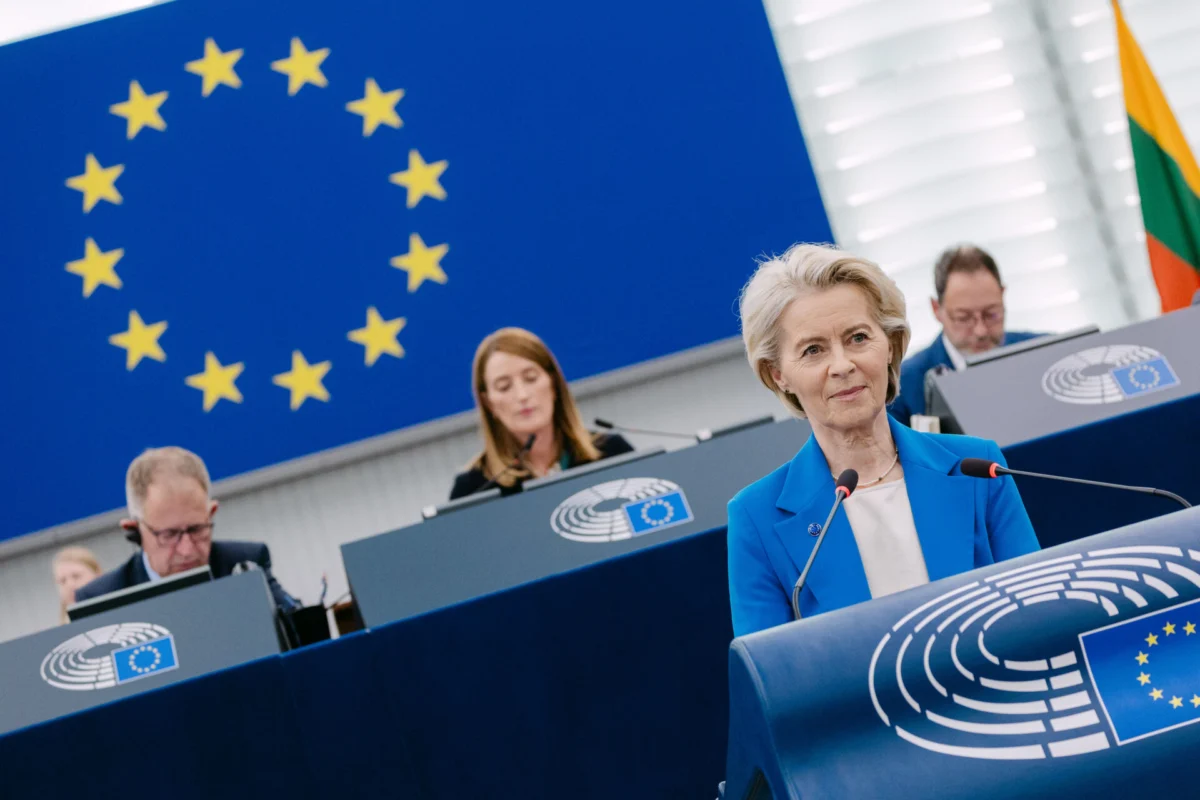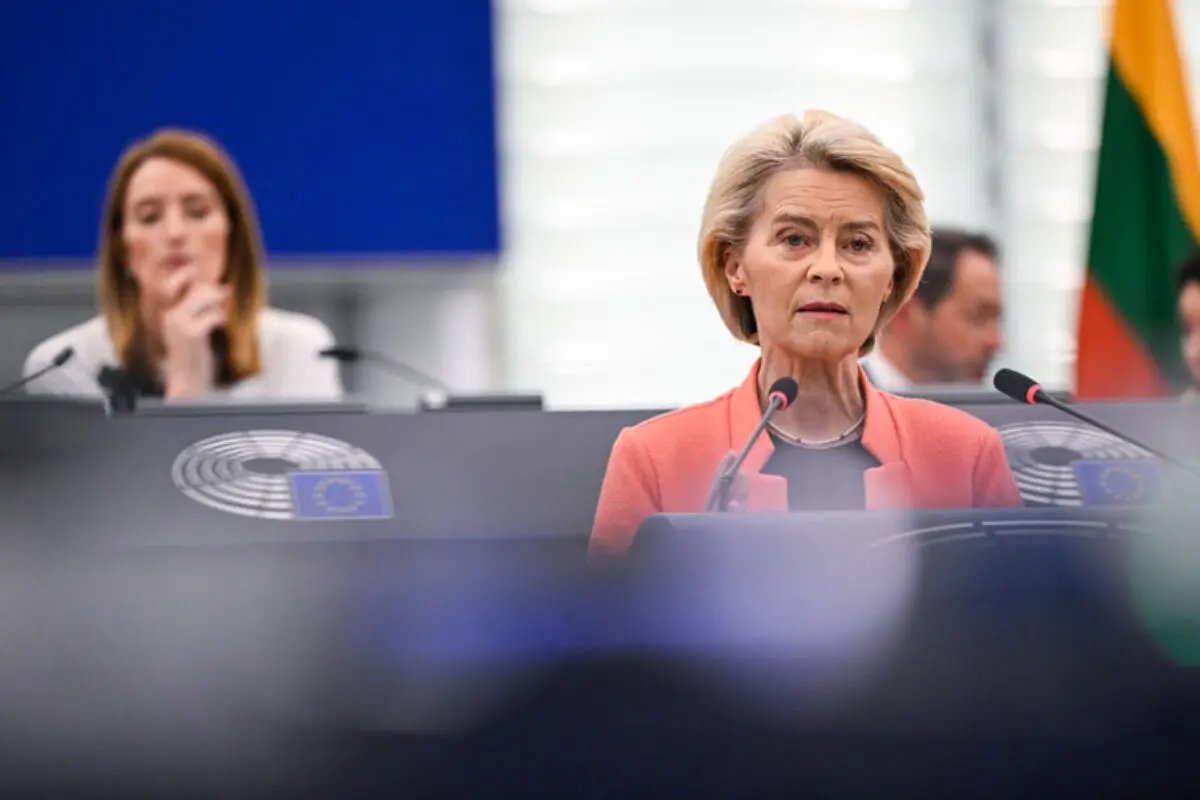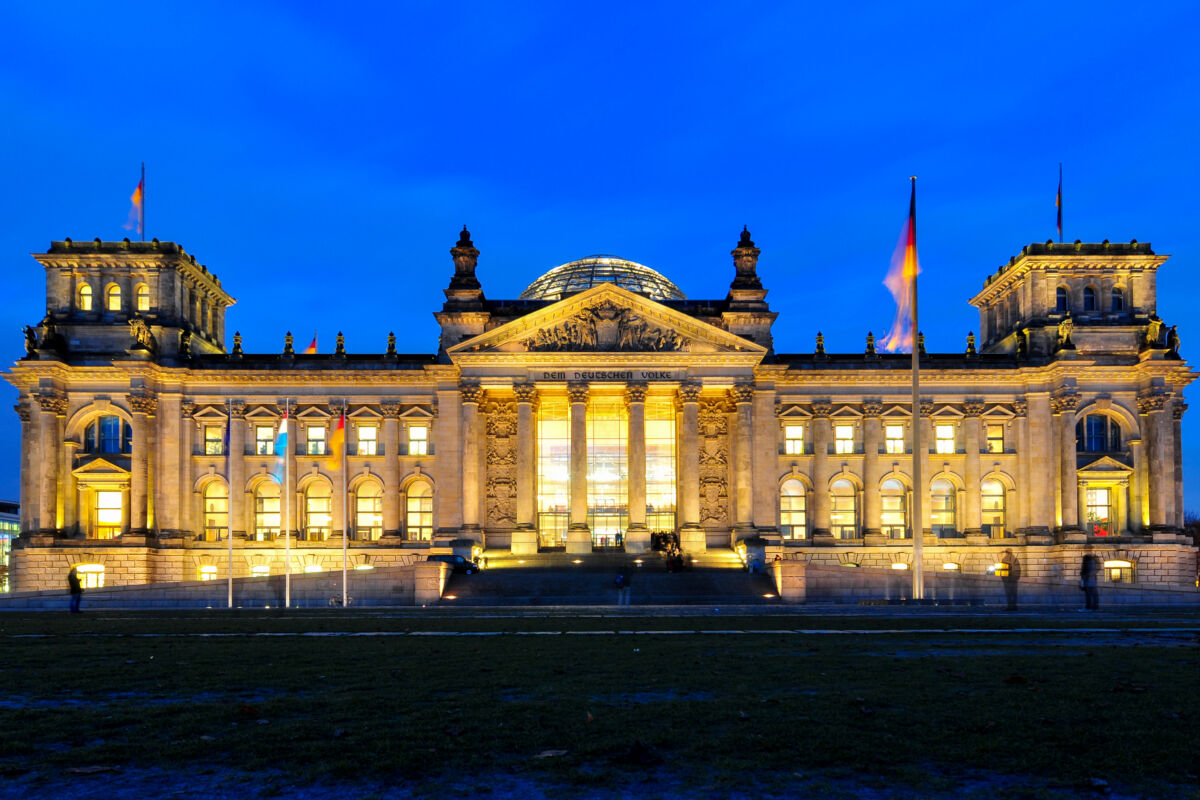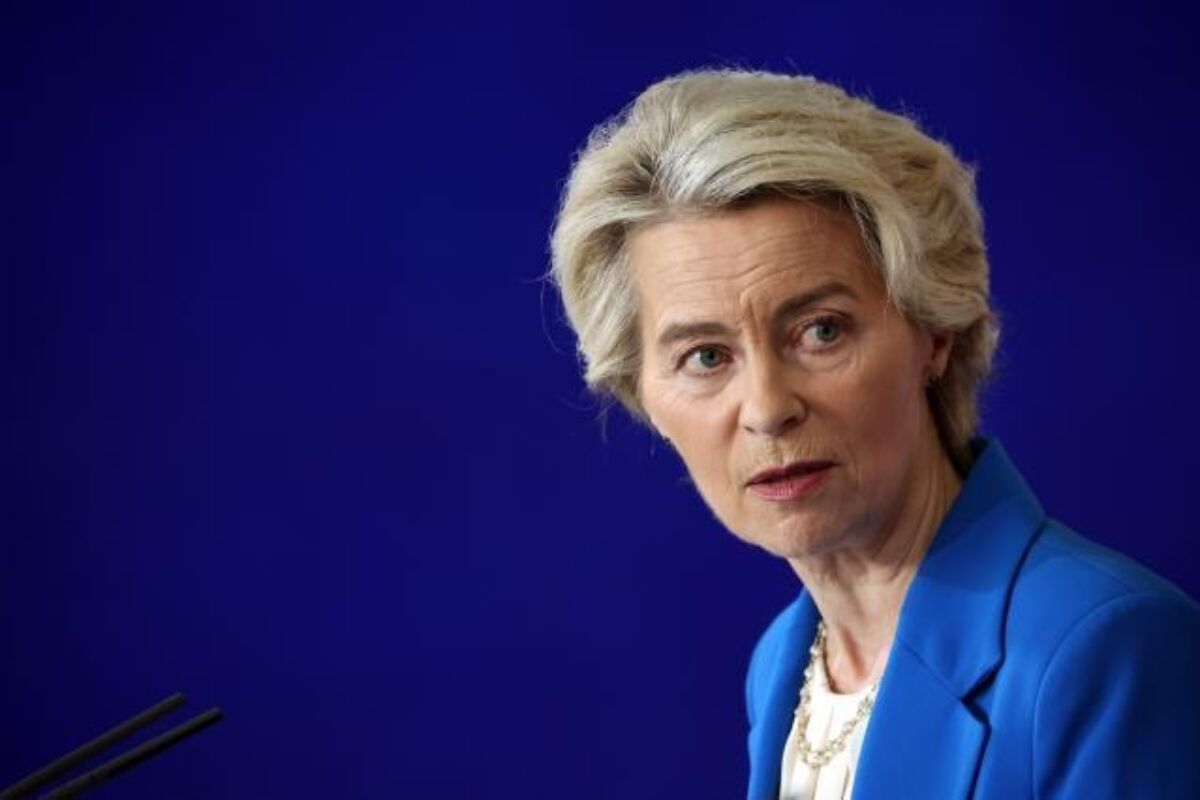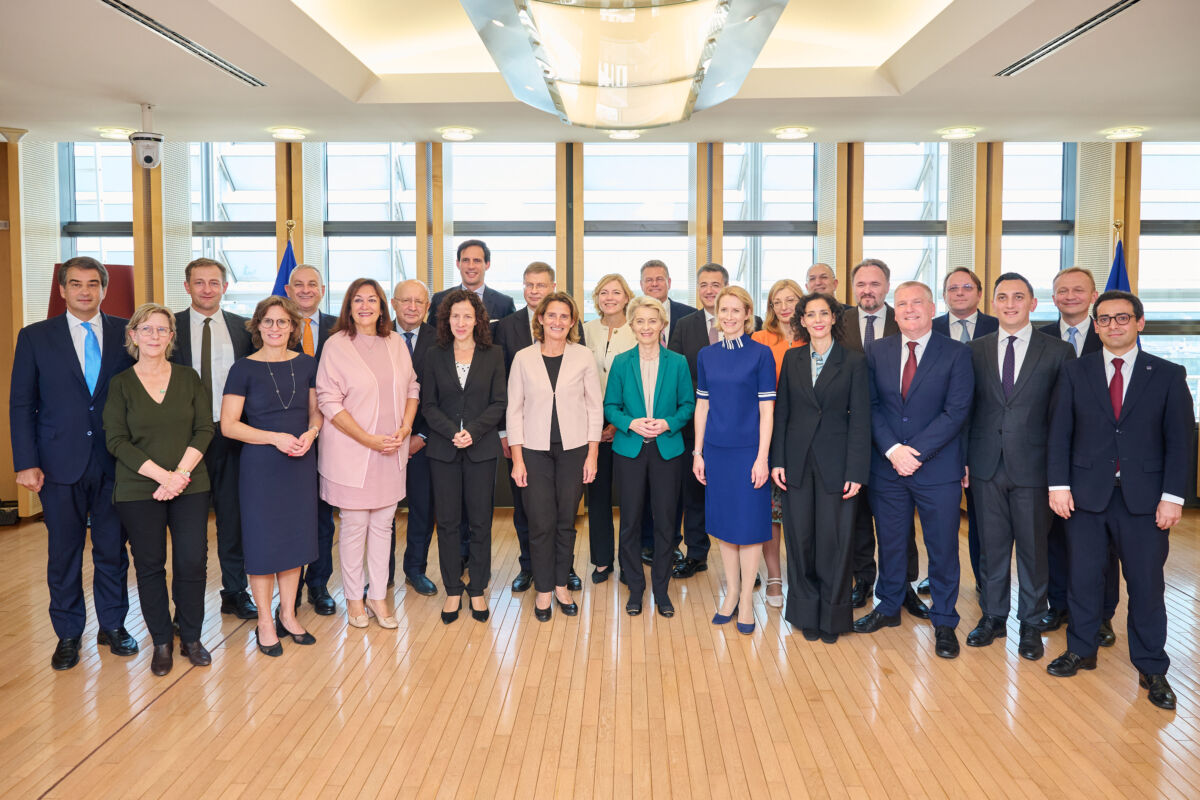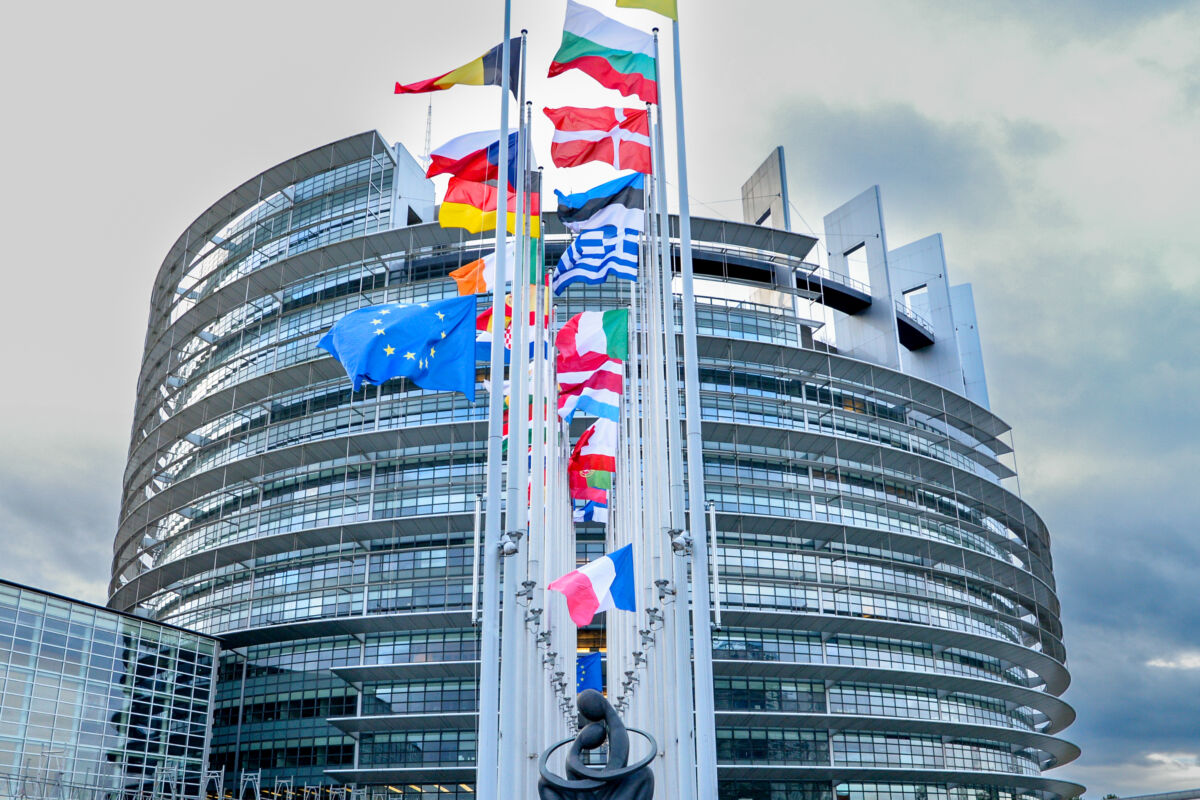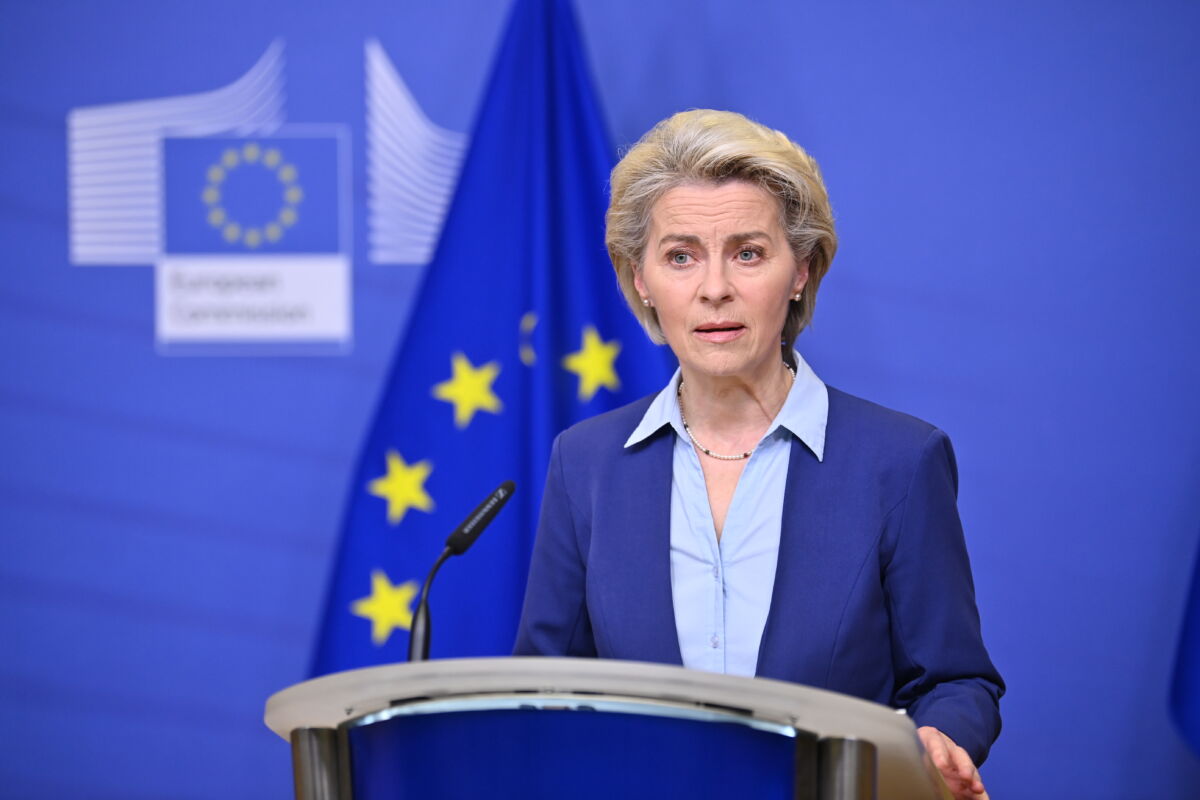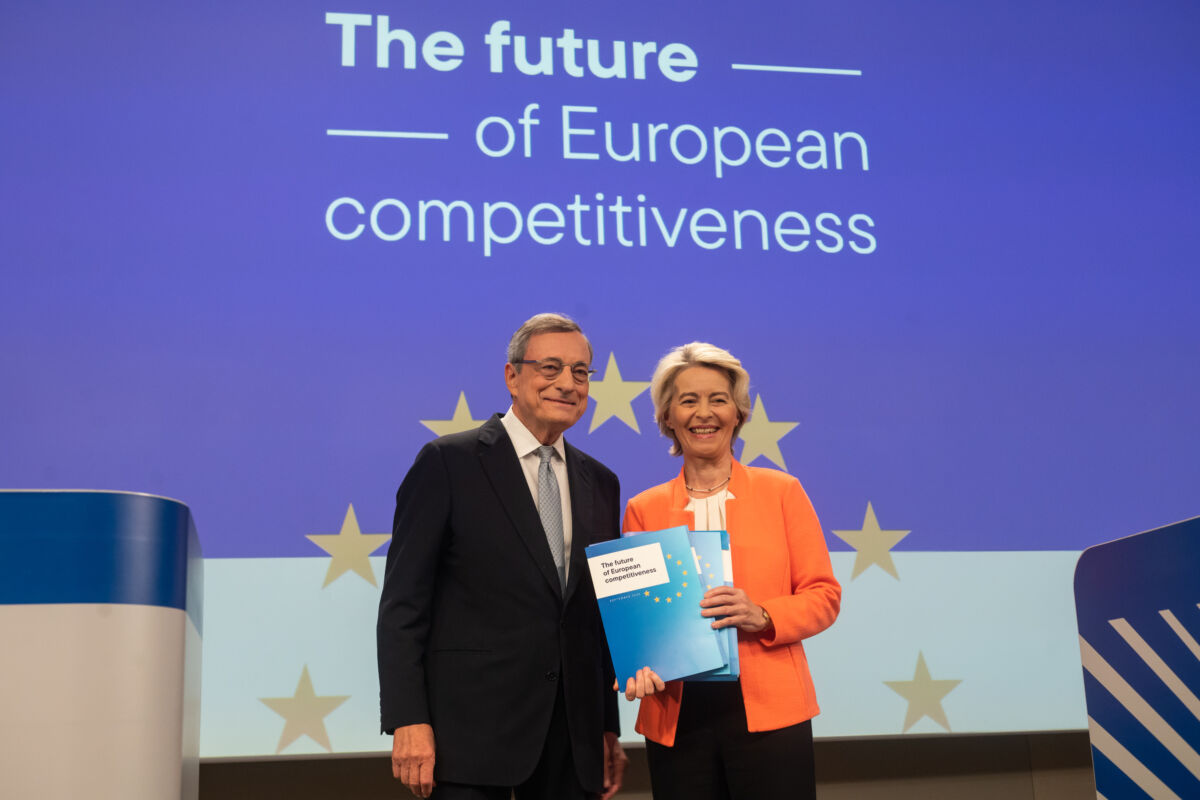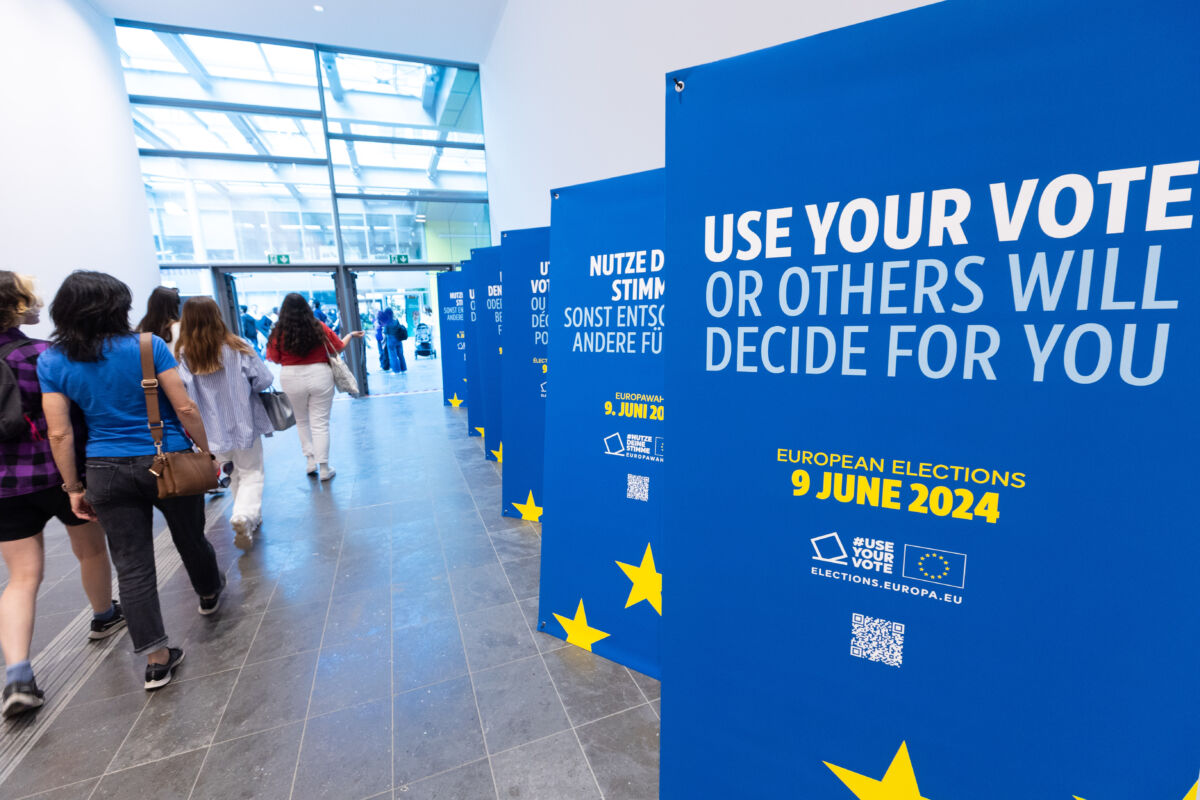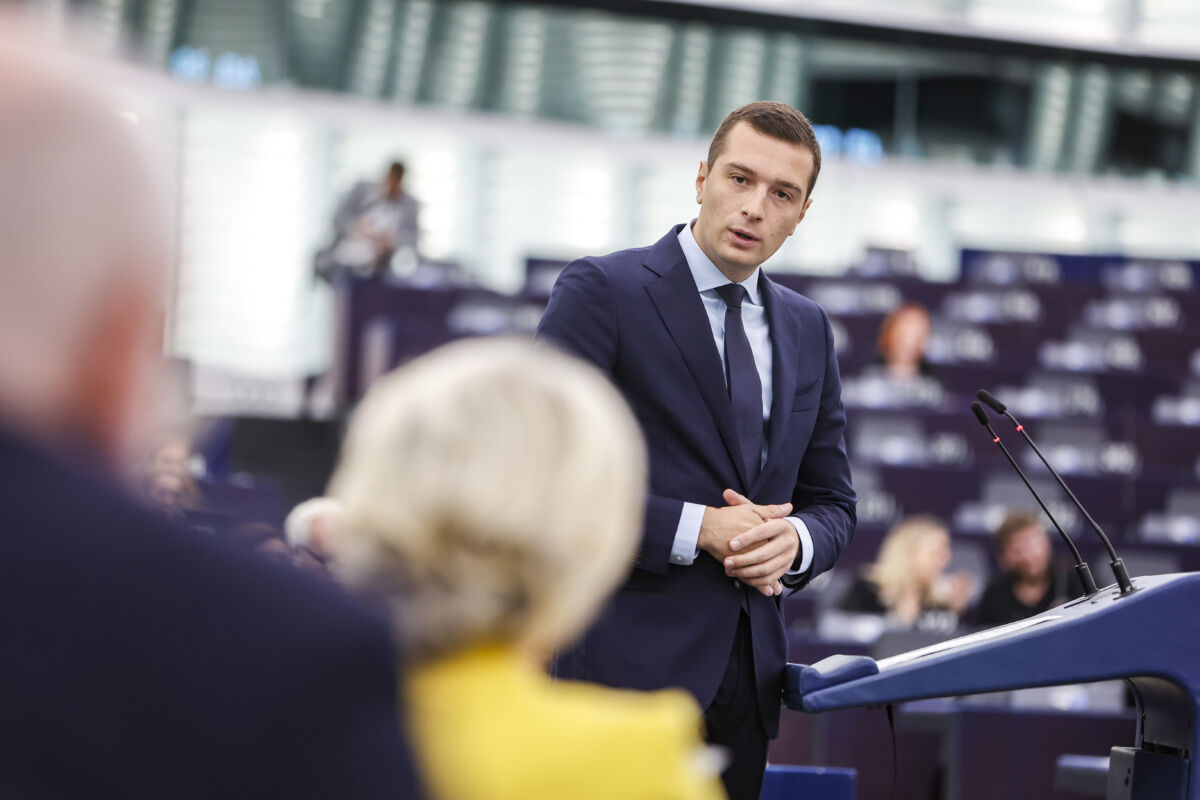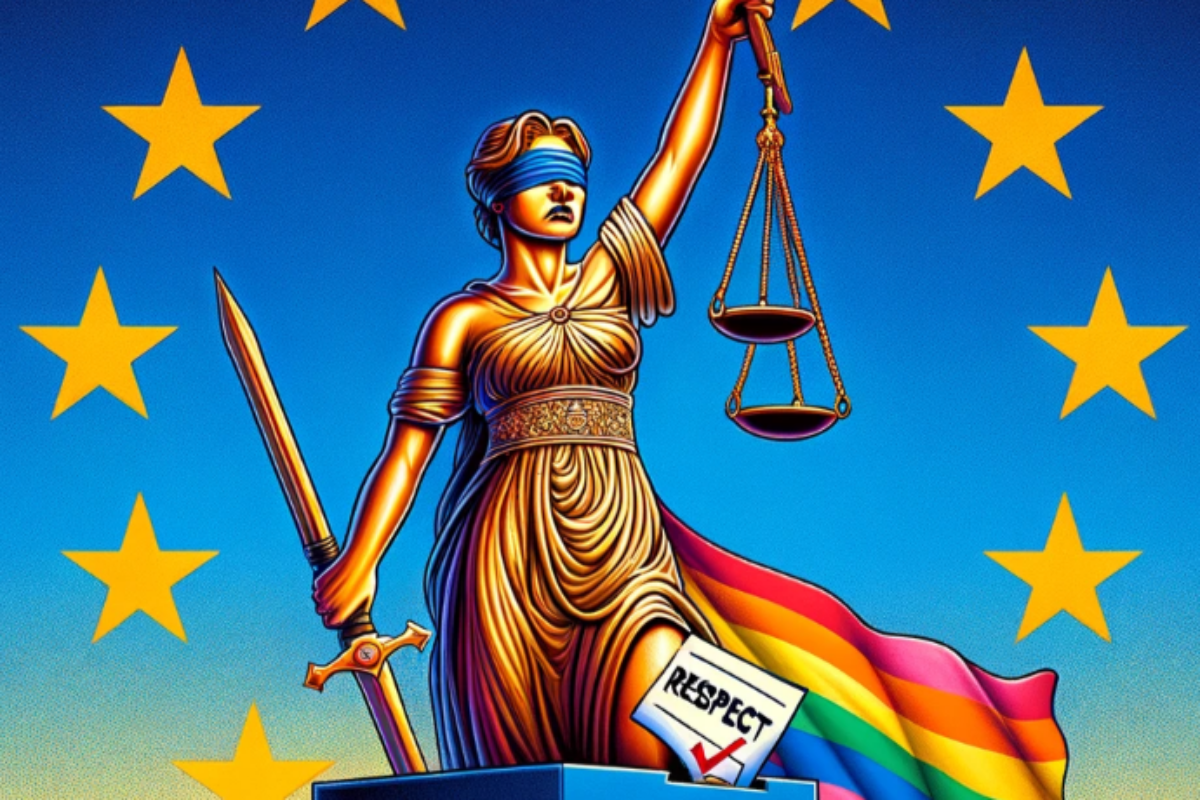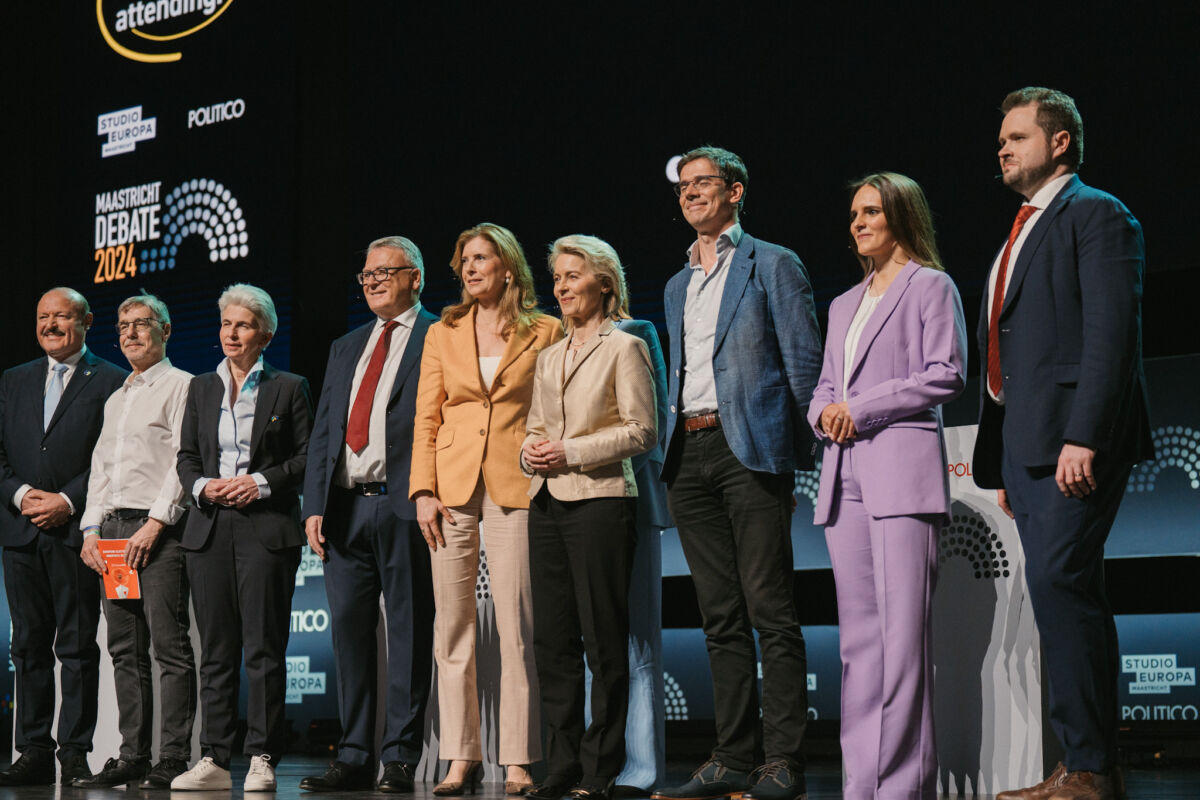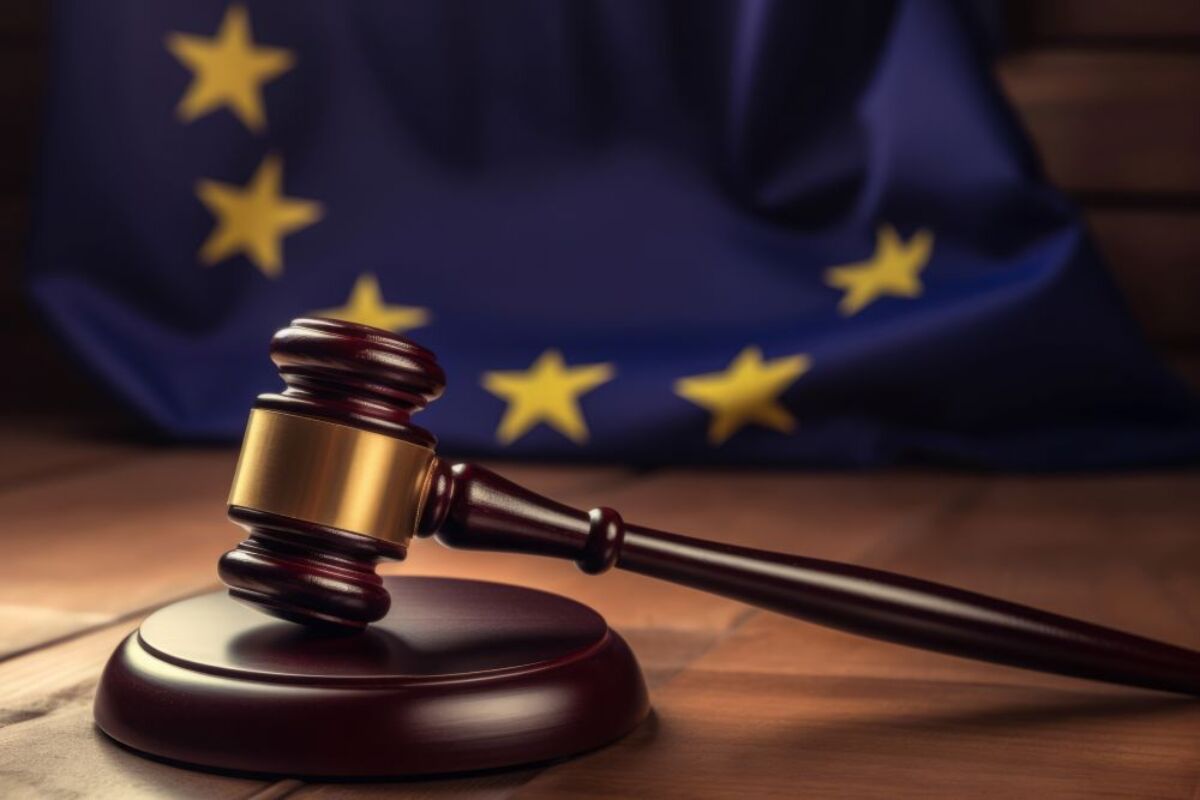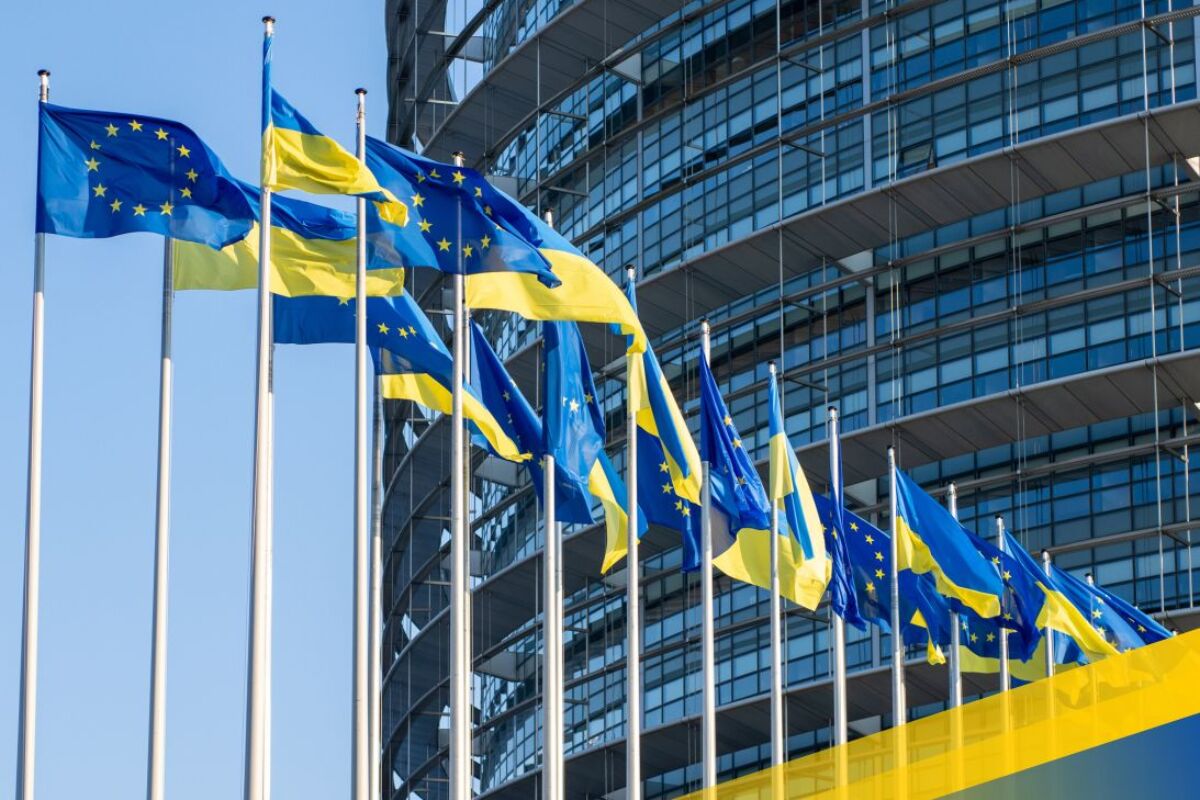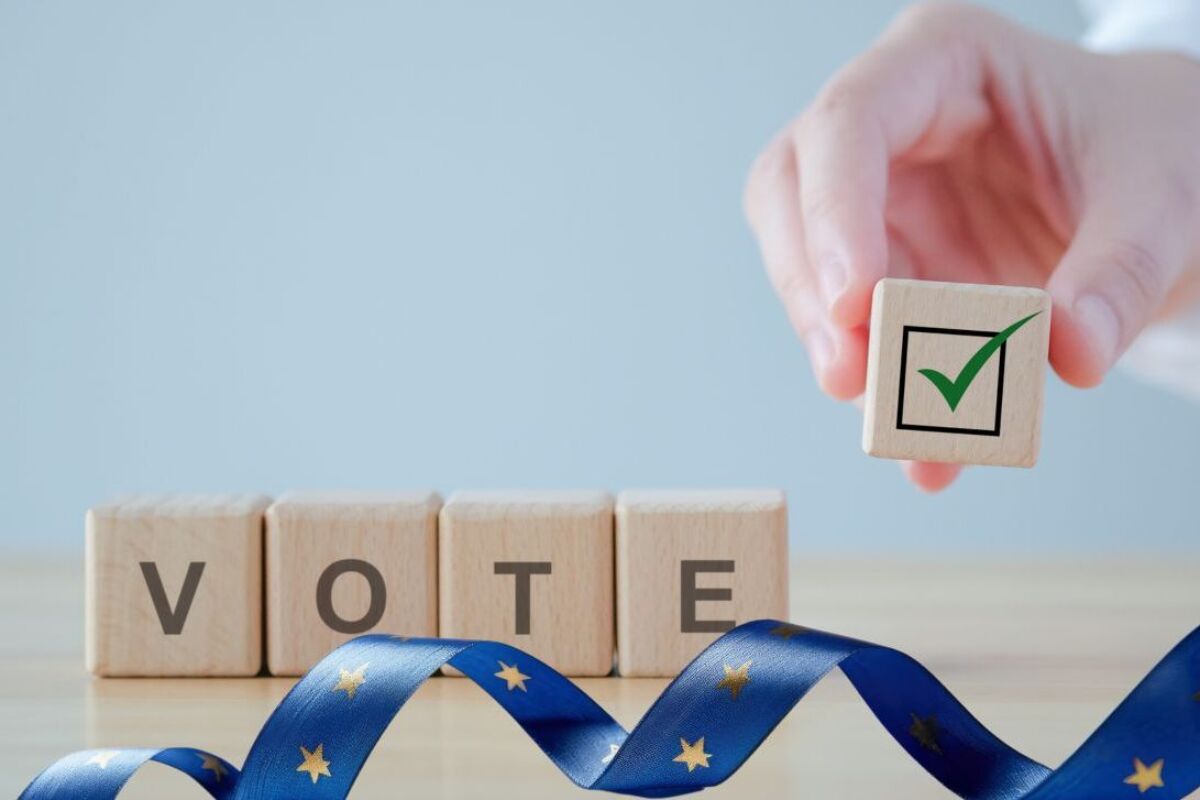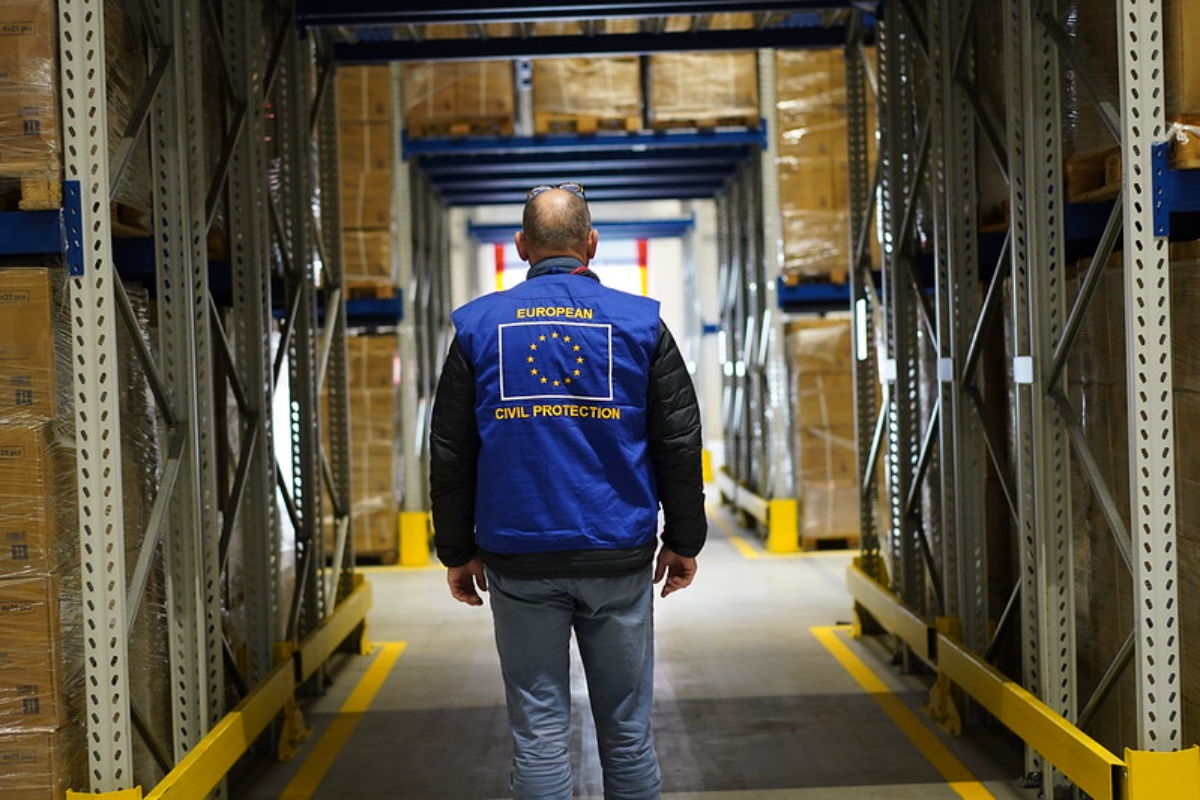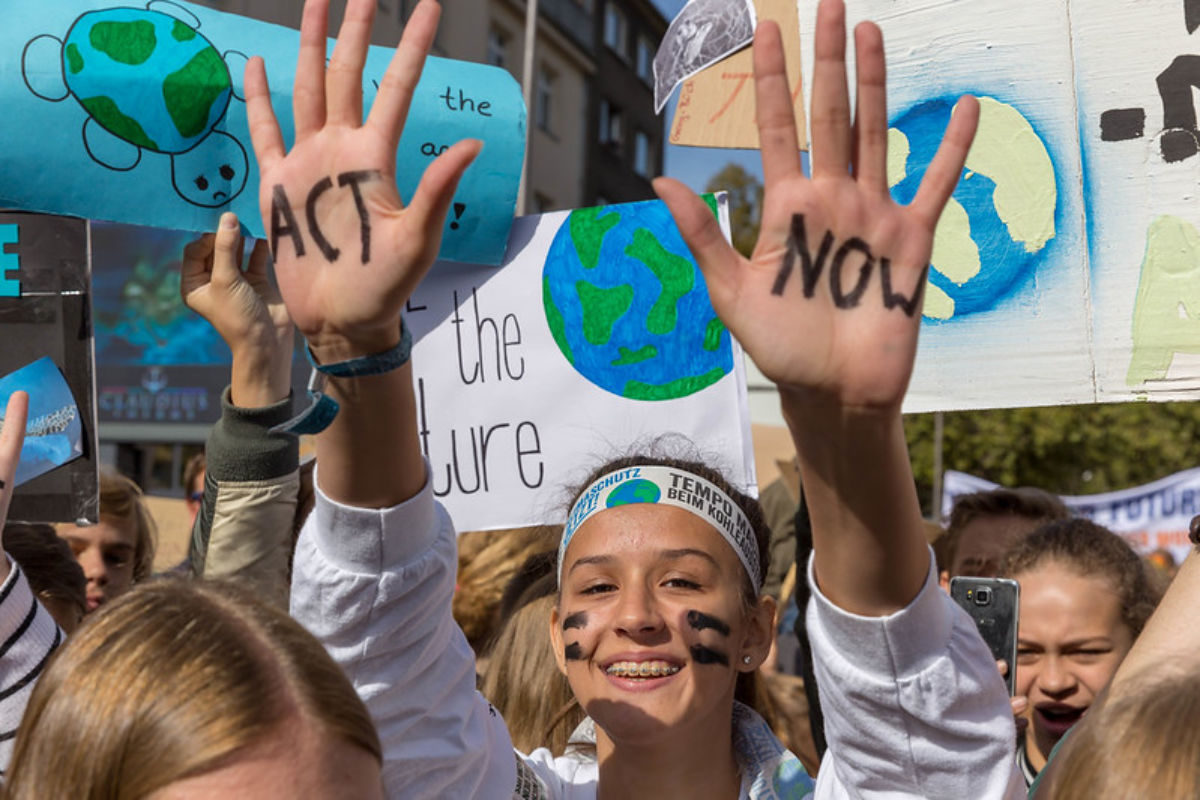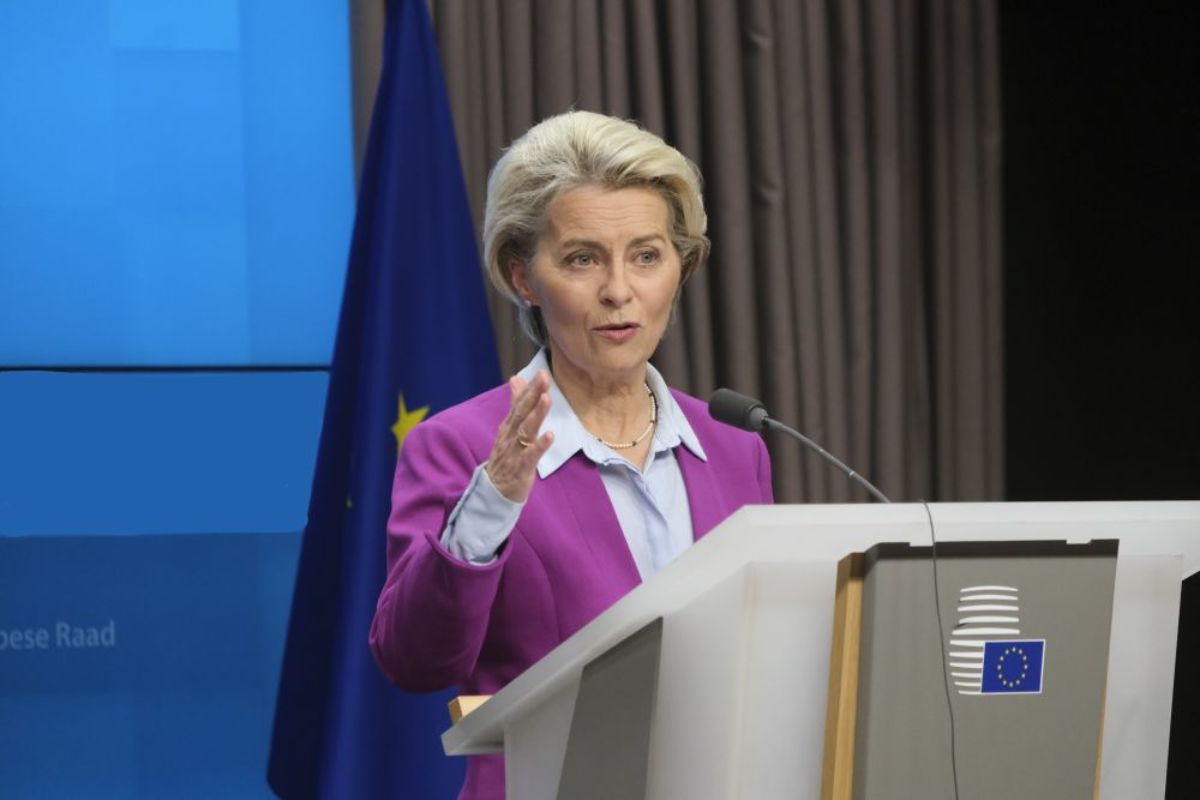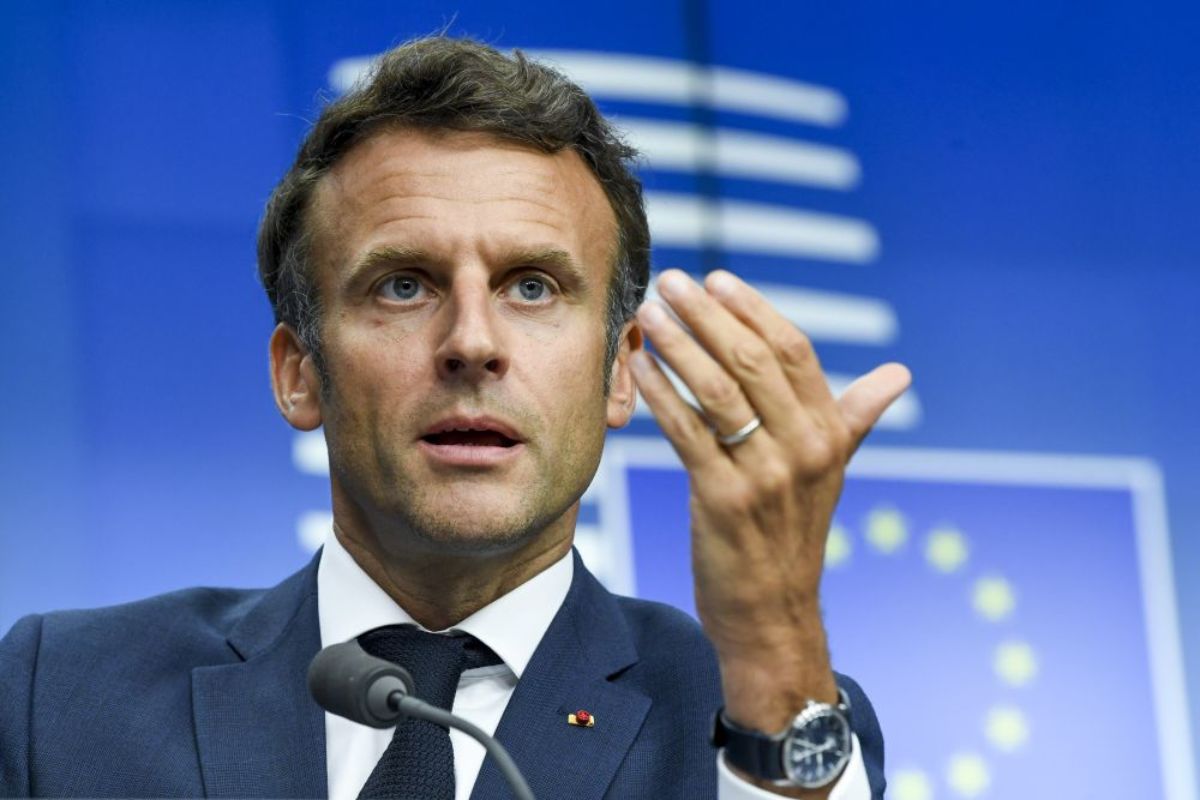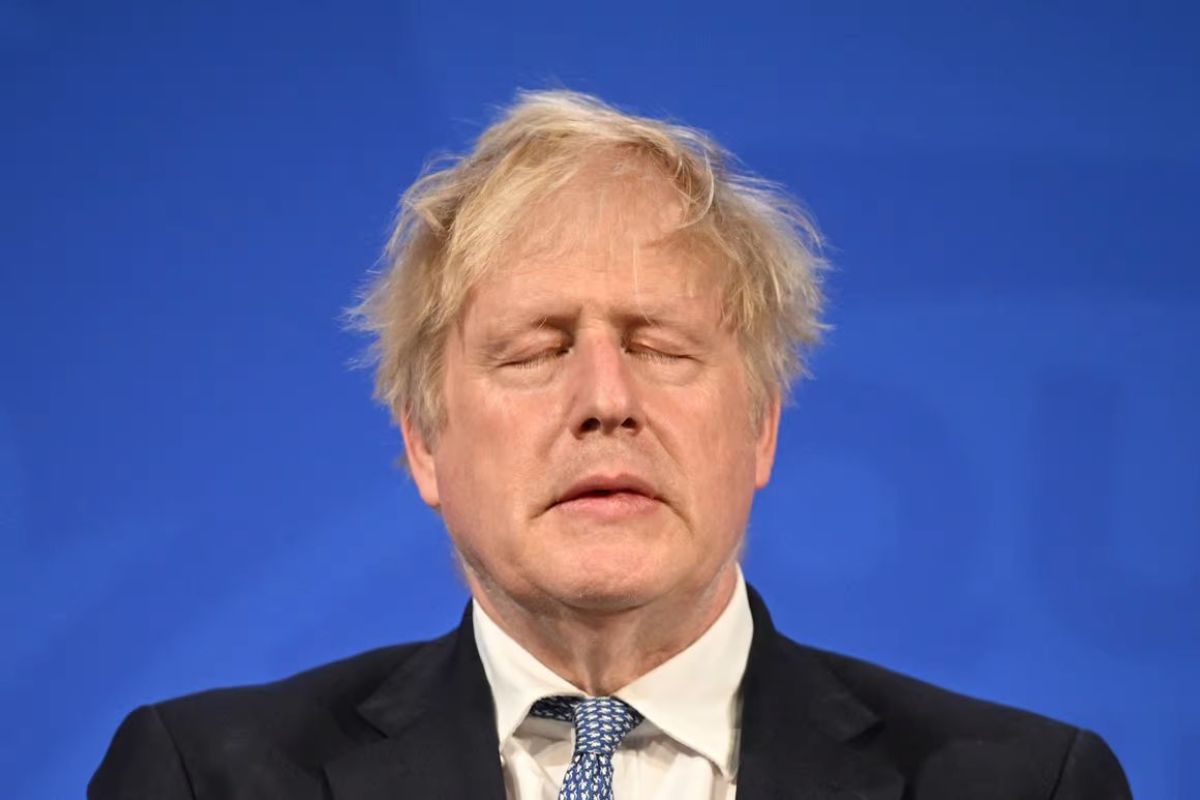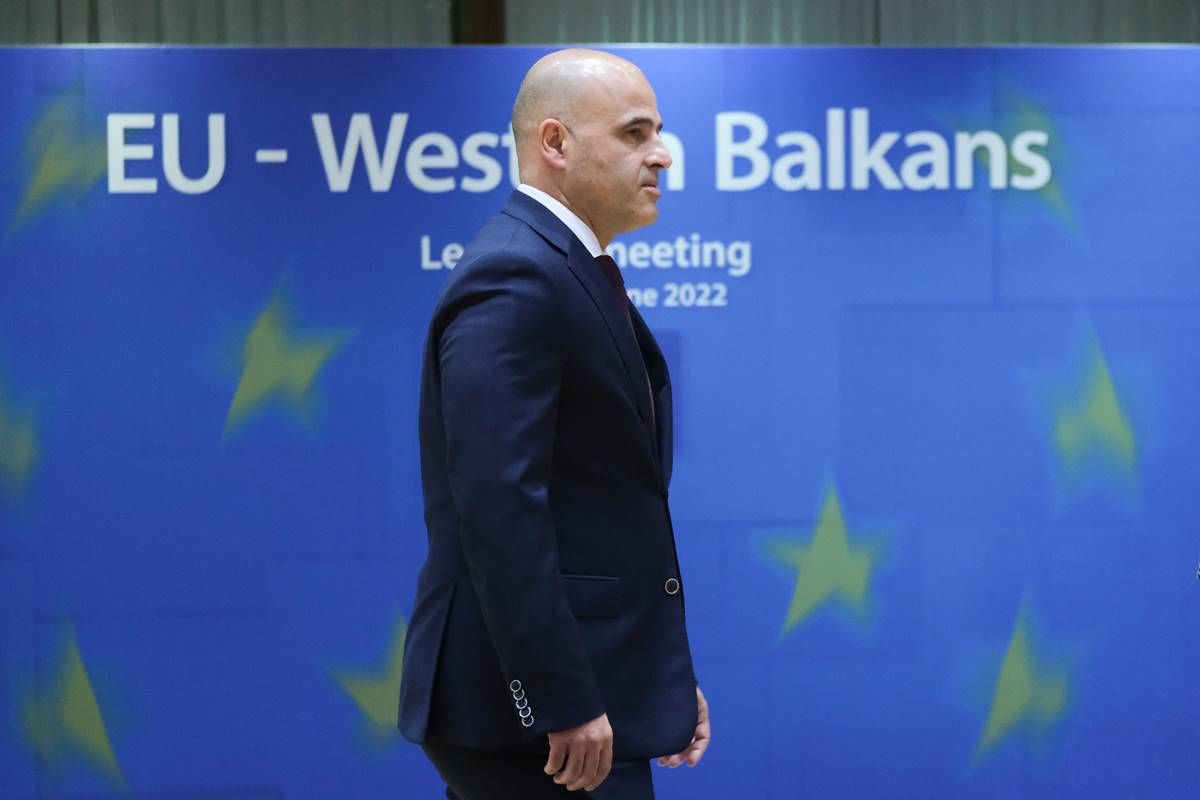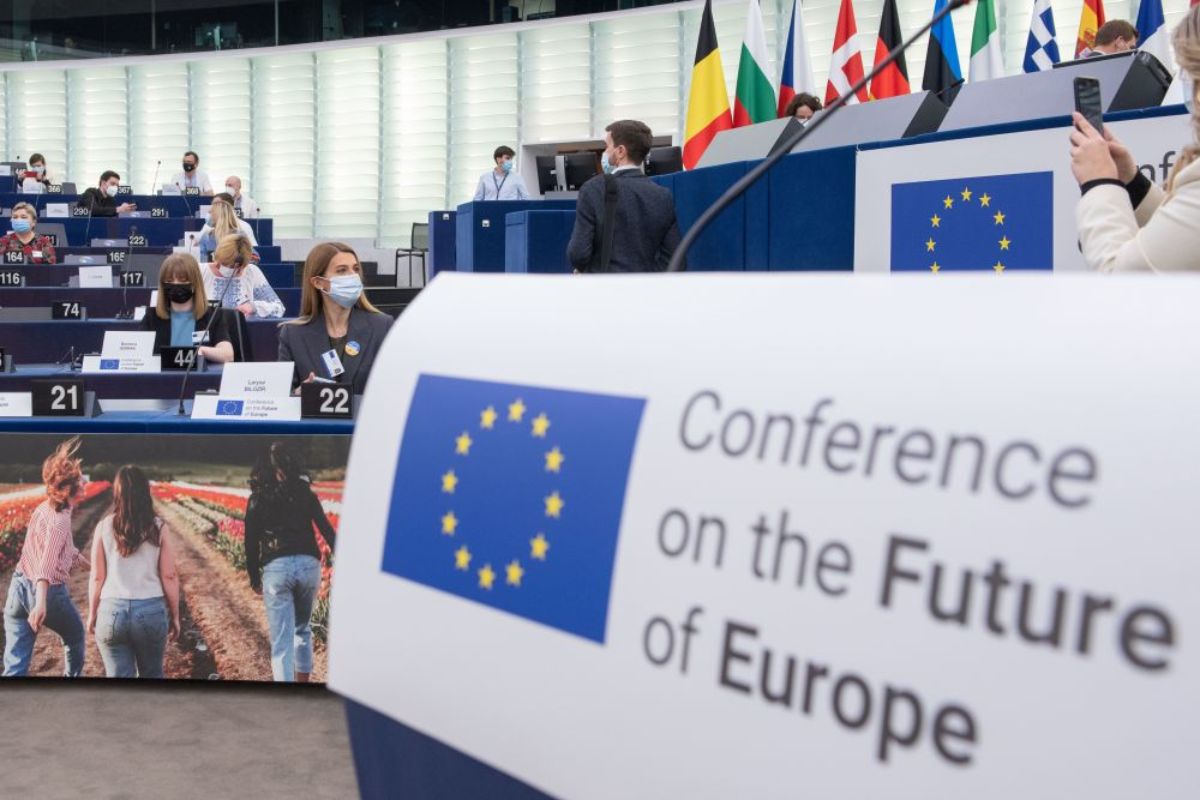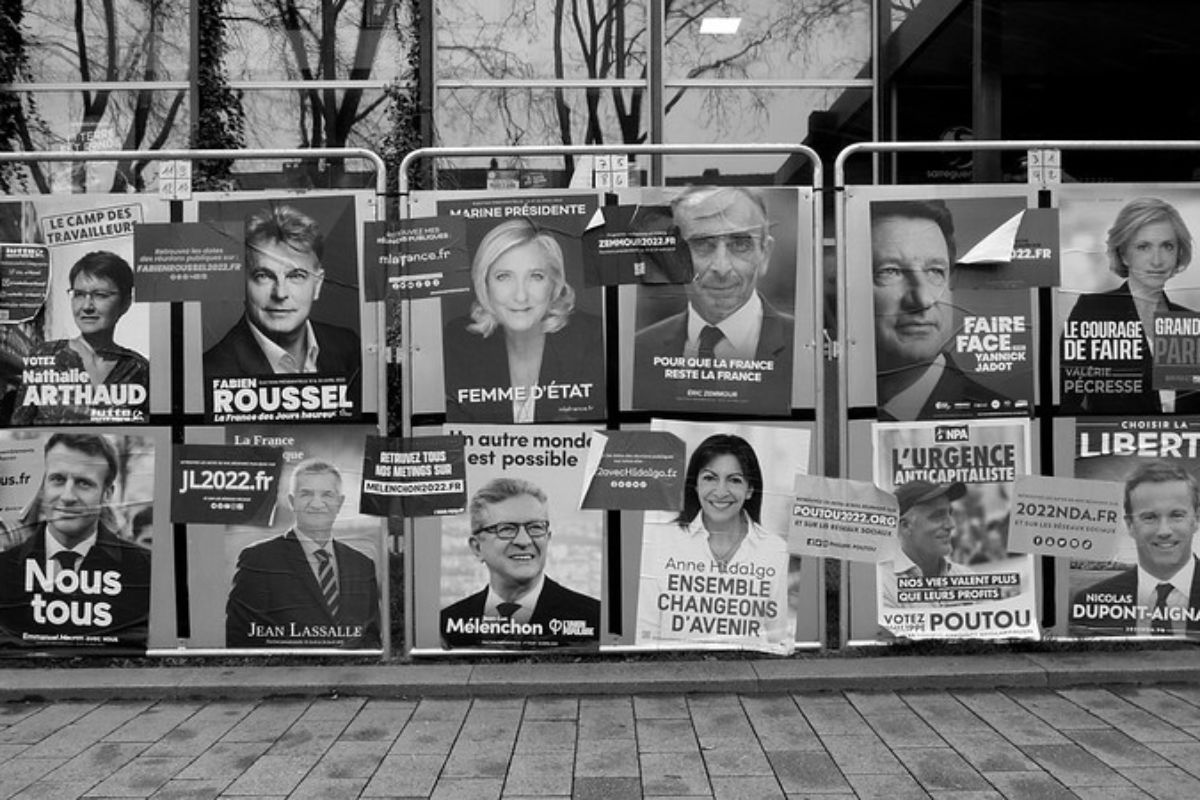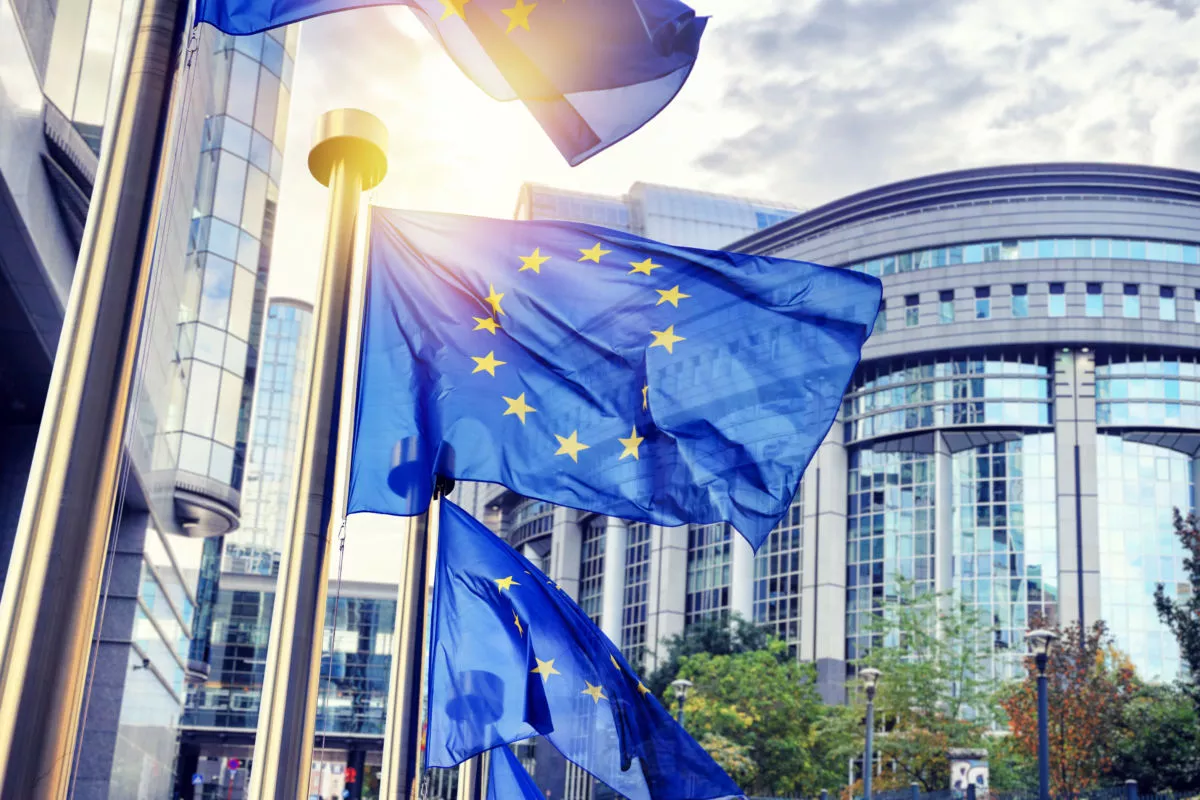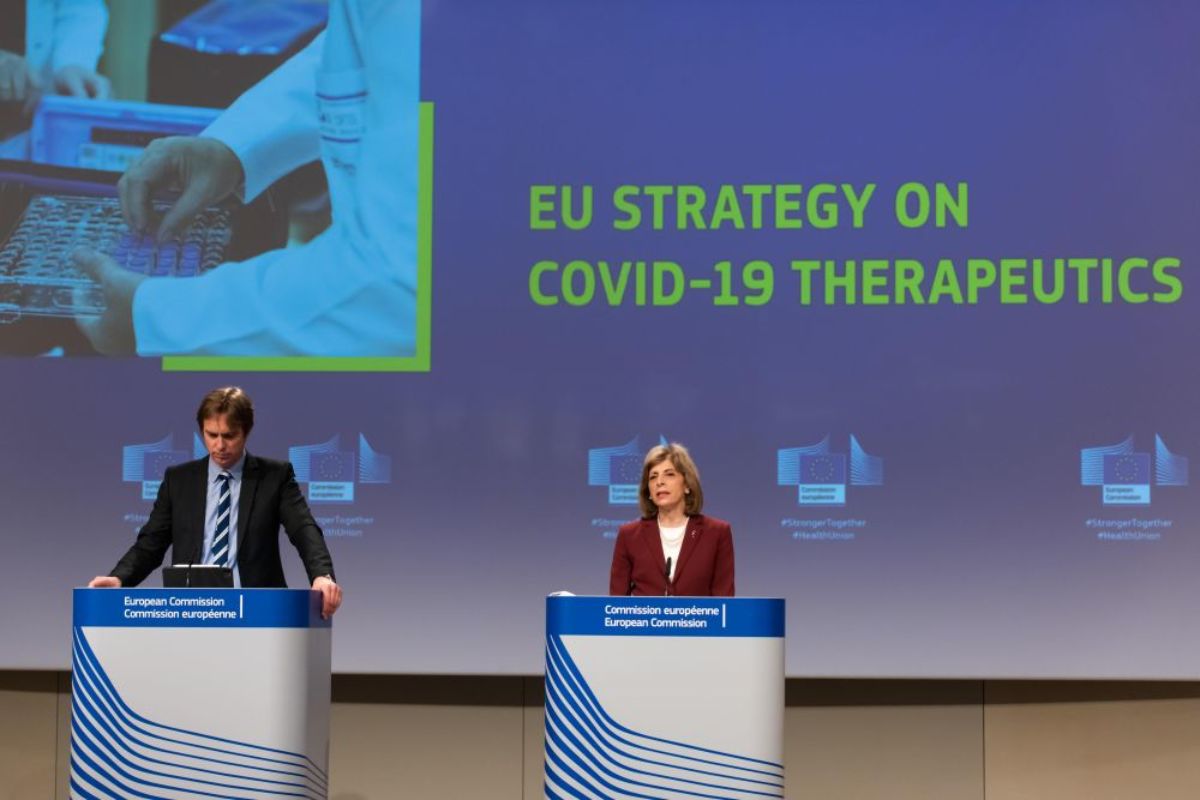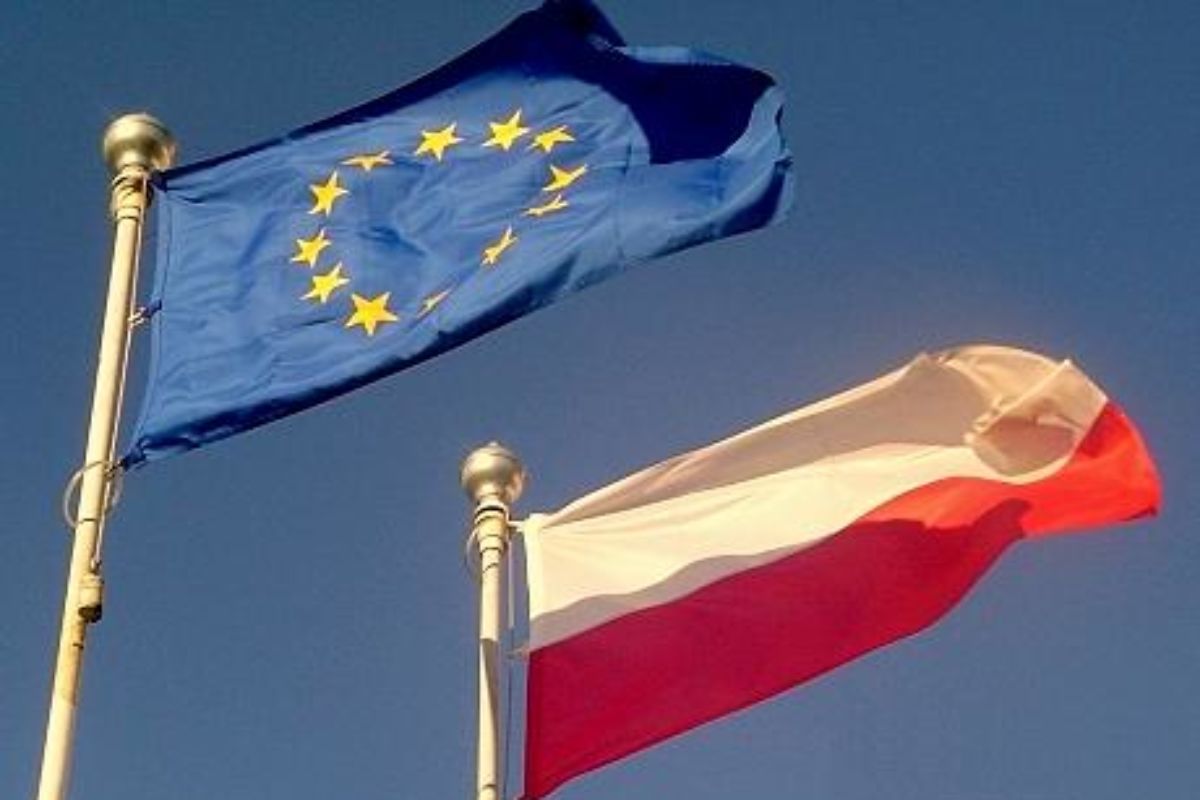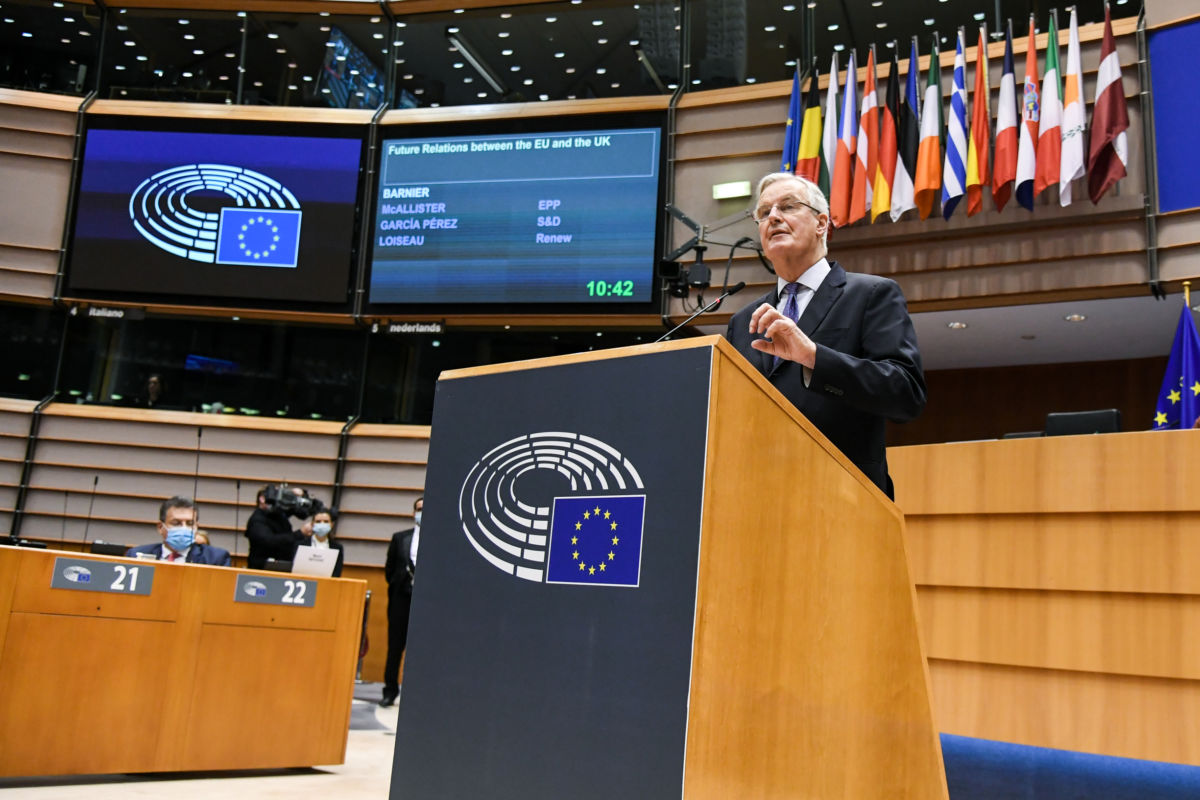Since its debut in 2014, proponents of the Spitzenkandidaten (lead candidate) procedure had hoped to see it firmly established in 2019. The procedure is likely to prevail but with notable changes: rather than the European Parliament (EP) ‘grabbing’ power from the European Council (EUCO) by selecting one candidate and demanding his/her appointment, as in 2014, the EP’s role is now likely to be downgraded to preselecting candidates for the EUCO. The recent European Parliament elections fragmented the traditional big party groupings and without EP internal institutional unity, it is much easier for the EUCO to keep a firm grip on its prerogative to appoint. In other words: greater pluralism and the end of the duopoly hitherto enjoyed by the EPP and S&D parliamentary groups has a price for the EP in terms of institutional power.
Power play
Formally, the EUCO had to take “into account the elections to the European Parliament and […] shall propose to the European Parliament a candidate for President of the Commission” (Article 17(7) TEU). This candidate must then be elected by the EP. The Lisbon Treaty did not foresee such a proactive role for the EP; the institution upgraded its own role through the instigation of the Spitzenkandidaten procedure. The appointment of a European Commission president is an intricate and finely balanced game. National and party interests need to be respected, as do balances between big and small member states and geographical and gender balance. The EP’s creation of the Spitzenkandidaten system in 2014 thus introduced another fault line: an institutional contest between the European Parliament and the European Council.
In 2019, the increased turnout of almost 8% at the European elections strengthens the Parliament’s hand and potentially bolsters its legitimacy. Also, the EP must elect the candidate at the end of the process and the leaders of the political groups (except ALDE) have confirmed that they will only elect only a candidate that has been through the Spitzenkandidaten procedure. In 2014, the EP was able to win the interinstitutional battle with the European Council by demonstrating internal cohesion and unity right after the election and by exposing divisions within the European Council. It acted with astonishing speed to support Jean-Claude Juncker and present him as the common EP candidate. Institutional power seemed to trump party interest; there was still the grand coalition between the EPP and S&D, and the competitor Jean-Claude Juncker and Martin Schulz agreed that whoever ranked second ranked would become the EP president. All relatively straightforward. On this basis Juncker had the support of (most of) the S&D. Certain members of ALDE and the Greens would also give their backing, mainly for the sake of upholding the procedure. For its part, the EUCO underestimated the Spitzenkandidaten device and was unprepared for its clout.
Now that the EP is more pluralistic it will need more time to build a majority in favour of one or the other candidate. The EUCO signalled its determination to regain a grip on the decision who to appoint by meeting only two days after the elections. Yet there is also much internal disagreement about the individual presidential candidates within this institution. This time round, however, the EUCO as an institution seems keen to take back its constitutional prerogative to propose the next Commission president. Once again, a jostling for position between the institutions.
Inside the EP
Manfred Weber and the EPP claim the EC presidency, as they won the most seats. However, there are several factors that speak against Weber from the EP’s perspective: first, the EPP lost a significant share of seats compared to 2014 (down from 221 to 179). Second, 23.8% is far from a majority and the difference in seat numbers compared to the S&D as the second biggest group is not particularly high (about 3.4%). Third, it is not advisable to let the party securing the most seats decide the Commission presidency, but rather let the one that is able to form a stable majority in the EP do so, as also suggested by Donald Tusk in his statement following the post-election EUCO meeting. As predicted, the two traditional big party groupings, the EPP and the S&D, lost their majority, which means that support from a third or even fourth party is necessary for the election of the EC president (which follows the EUCO’s formal appointment). It would seem that the Greens and ALDE are more willing to support Frans Timmermans and Margarethe Vestager. Coalition-building is just as important as the number of seats, not only for the Commission president election procedure, but also to pass legislation in the upcoming term. As coalitions in the EP are always on a case-to-case basis (and not as contractualised and reliable as often seen at national level), there must be a strong natural interest on the part of all stakeholders to find a candidate that is also backed by the smaller parties.
Inside the EUCO
The Spitzenkandidaten procedure is opposed by many heads of state and government. That most leaders do not support the system as such does not necessarily imply that they do not like the individual candidates. In their meeting of 28 May 2019 it became clear that competent and suitable Spitzenkandidaten might well be considered for the job – but not simply for the sake of the procedure (Tusk: “being a lead candidate is not a disqualification, on the contrary, it may increase their chances”).[1] Thus, the leaders supported the respective candidates and at the same time reclaimed the power to decide which institution should propose a candidate – a decision the EP tried to take from them via the Spitzenkandidaten system.
Majorities within the EUCO look quite different from in the Parliament as there are currently as many liberal as conservative leaders in the EUCO (nine each).[2] The fact that the Austrian chancellor (EPP) had just been ousted and replaced by a caretaker chancellor, and that Orban’s Fidesz party is currently suspended from the EPP gives further strength to the liberal camp of EUCO members. Some of them already voiced support for Margarethe Vestager. But is she actually a Spitzenkandidat? Before election the liberals refused to play the Spitzen game and instead found a half-baked ‘team Europe’ solution. Different parties have different opinions; the EPP refuses to recognise Vestager as such andthe S&D seem open by stating that each party can decide for themselves. Announcing her candidacy only after the election indeed goes against the EP’s own commitment to greater transparency through this procedure as the whole point was that “candidates for President of the Commission are made known prior to the European elections, rather than after them as was previously the case”.[3] But EU leaders will care little whether Vestager counts as a Spitzenkandidat or not.
All eyes will be on two members of the EUCO in particular: Chancellor Angela Merkel, who is not passionate about the Spitzenkandidaten procedure (and even openly opposed it in 2014) but formally backs Weber as a compatriot and party friend; and President Emmanuel Macron, who deems the Spitzenkandidaten procedure to be undemocratic and has repeatedly backed a fellow liberal in the past.
Outlook
As expected, the European Council summit that took place right after the elections (May 28th) did not reveal any names and many EU leaders were keen to emphasise that this discussion focused on processes and criteria (“the need to reflect the diversity of the Union when it comes to geography, the size of countries, gender as well as political affiliation”)[4] rather than on individual candidates. Donald Tusk has been mandated to start dealing the cards: the appointment of the president of the Commission will be part of a package deal of several senior EU posts, which include the European Council and European Parliament presidencies, the High Representative for Foreign Affairs, and the head of the European Central Bank (which might be dealt with separately).
The EUCO’s next meeting is scheduled for June 21-22 and both Angela Merkel and Donald Tusk have expressed a desire to deal with this quickly and to find agreement before the EP’s first meeting on July 2nd. Looking at the complex situation of clashing institutional, partisan and national interests, this seems quite optimistic. It will be interesting to observe the negotiation processes of all (formal or informal) lead candidates to build a majority and whether all the different political groups in the EP can throw their weight behind one common candidate and demonstrate institutional strength towards the EUCO.
Whether the Spitzenkandidaten procedure improves European democracy is questionable. Rather than avoiding backroom deals (as was the initial rationale of the Spitzenkandidaten system) we will see the same kind of dealings as before in the coming weeks, only more complex, adding another (institutional) dimension. This time round it would seem that the Spitzenkandidaten 2.0 version does reflect the need for consensus between the European Council and the European Parliament as the two main institutions involved, rather than one institution attempting to impose its candidate on the other.
[1] See https://www.consilium.europa.eu/en/press/press-releases/2019/05/28/remarks-by-president-donald-tusk-at-the-press-conference-of-the-informal-summit-of-eu-heads-of-state-or-government/.
[2] Liberal camp: France, Luxembourg, Belgium, Denmark, Estonia, Finland, Netherlands, Czech Republic, Slovenia. EPP camp: Bulgaria, Cyprus, Ireland, Germany, Austria, Croatia, Latvia, Romania, Hungary.
[3] See http://www.europarl.europa.eu/doceo/document/TA-8-2018-0030_EN.pdf
[4] See https://www.consilium.europa.eu/en/press/press-releases/2019/05/28/remarks-by-president-donald-tusk-at-the-press-conference-of-the-informal-summit-of-eu-heads-of-state-or-government/.



